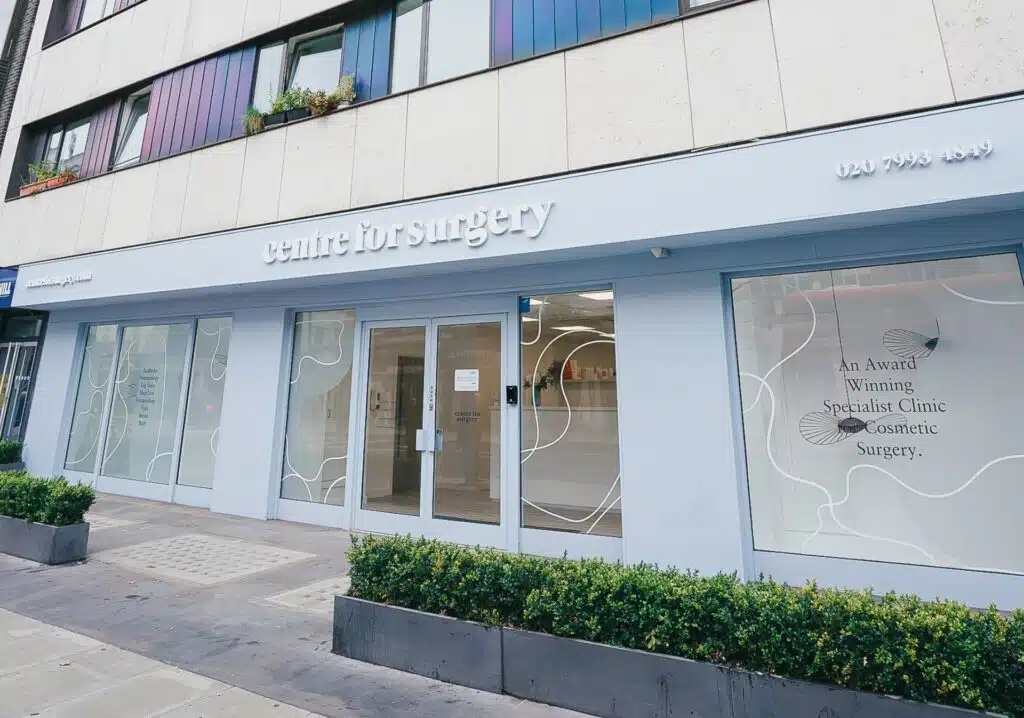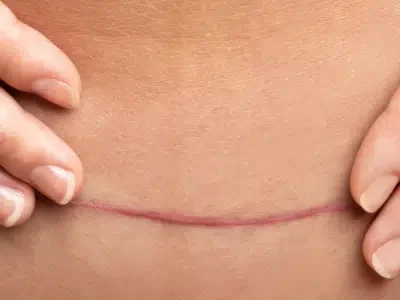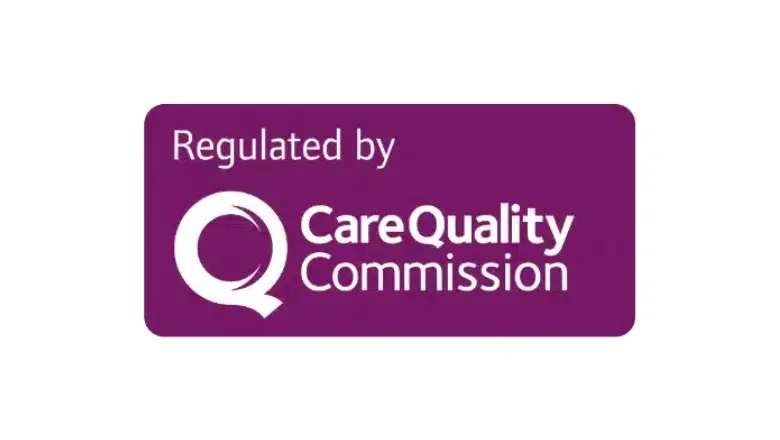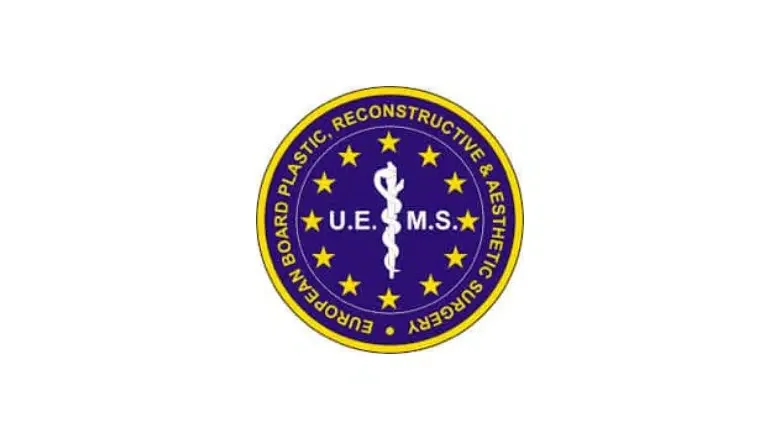Belt Lipectomy: A Solution for Stubborn Excess Skin and Fat
Do you find yourself struggling with loose skin or fat around your beltline that simply won’t budge despite your best efforts with healthy eating and regular exercise? If so, a belt lipectomy might be the solution you’ve been seeking.
Excess skin around the abdomen often becomes an issue after pregnancy or significant weight loss. Once fat cells are lost, the skin doesn’t always shrink back, leaving behind an unsightly excess that can be difficult to manage. This is where a belt lipectomy, also known as a lower body lift, can make a significant difference. This procedure removes the excess skin and reshapes the lower abdomen, hips, and lower back, offering a more comprehensive solution than a traditional tummy tuck, which only addresses the abdominal area.
A belt lipectomy is considered more extensive because it targets the excess skin not just from the abdomen but also from the hips and lower back. This comprehensive approach helps to create a more balanced and aesthetically pleasing body contour.
Are You a Good Candidate for a Belt Lipectomy?
You may be a suitable candidate for a belt lipectomy if you’ve lost a substantial amount of weight and are now left with excess skin on your abdomen, hips, and lower back. However, this procedure is specifically designed to remove excess skin rather than excess fat. If you have a substantial amount of fat to lose, liposuction may be a more suitable option for you.
Preparing for a Belt Lipectomy
Before undergoing a belt lipectomy, it’s advisable to get as close to your ideal weight as possible. Losing weight after surgery can result in additional loose skin, potentially necessitating further surgical intervention. Conversely, gaining a significant amount of weight after the procedure could lead to a larger scar and more stretch marks.
Consultation and Assessment
Before the surgery, you’ll have a thorough consultation with one of our experienced surgeons. During this consultation, the surgeon will assess your body, discuss your goals and expectations, and determine if a belt lipectomy is the right choice for you. This personalised approach ensures that the procedure is tailored to your specific needs, providing you with the best possible results.
What Does a Belt Lipectomy Involve?
A belt lipectomy is a comprehensive surgical procedure designed to remove excess skin and reshape the lower body. The surgery is quite extensive and typically follows these steps:
Initial Positioning and Incision
The procedure usually begins with you lying face down. The surgeon makes an incision across the lower back and hips, just above the buttocks. This incision allows for the removal of excess skin and, if necessary, liposuction to remove any remaining fat deposits.
Removal of Excess Skin and Liposuction
The surgeon excises the excess skin from the lower back and hips. If liposuction is required, it will be performed to further contour the area. Once this step is completed, the incision is closed.
Rotation and Additional Incision
You will then be rotated to lie on your back. A second incision is made from hip to hip, targeting the excess skin on the abdomen. Liposuction may again be used to address any remaining fat deposits in the abdominal area.
Final Adjustments and Closure
After the excess skin is removed and any necessary liposuction is performed, the incisions are meticulously closed. This dual-incision approach ensures a comprehensive reshaping of the lower body, addressing loose skin on the abdomen, hips, and lower back.
What Will the Recovery Be Like?
Recovery from a belt lipectomy involves several stages and requires careful attention to your body’s healing process:
Initial Recovery and Pain Management
After the surgery, you will experience some pain and discomfort at the incision sites. Bruising and swelling are common. To aid in the healing process, you may have a drainage tube inserted at the incision sites to remove excess fluid. This tube typically remains in place for about three days and will be removed by your surgeon during a follow-up visit.
Compression Garments
You must wear a compression garment around your abdomen and back. This garment helps support the surgical area, reduces swelling, and aids in shaping the new contours of your body.
Time Off Work
Most patients require at least two weeks of recovery time off work. The exact amount of time depends on your individual healing process and the nature of your job. Physically demanding jobs or heavy lifting may require a longer recovery period to avoid complications or injuries.
Activity Restrictions
It’s crucial to avoid strenuous activities and heavy lifting for at least six weeks after surgery. This period allows your body to heal properly and reduces the risk of complications. After six weeks, you should be able to return to your normal routine gradually.
RELATED: Exercise After Belt Lipectomy – Post Weight Loss Surgery
Throughout your recovery, it’s important to follow your surgeon’s instructions carefully and attend all scheduled follow-up appointments. These steps ensure your recovery is on track and help achieve the best possible results from your belt lipectomy.










